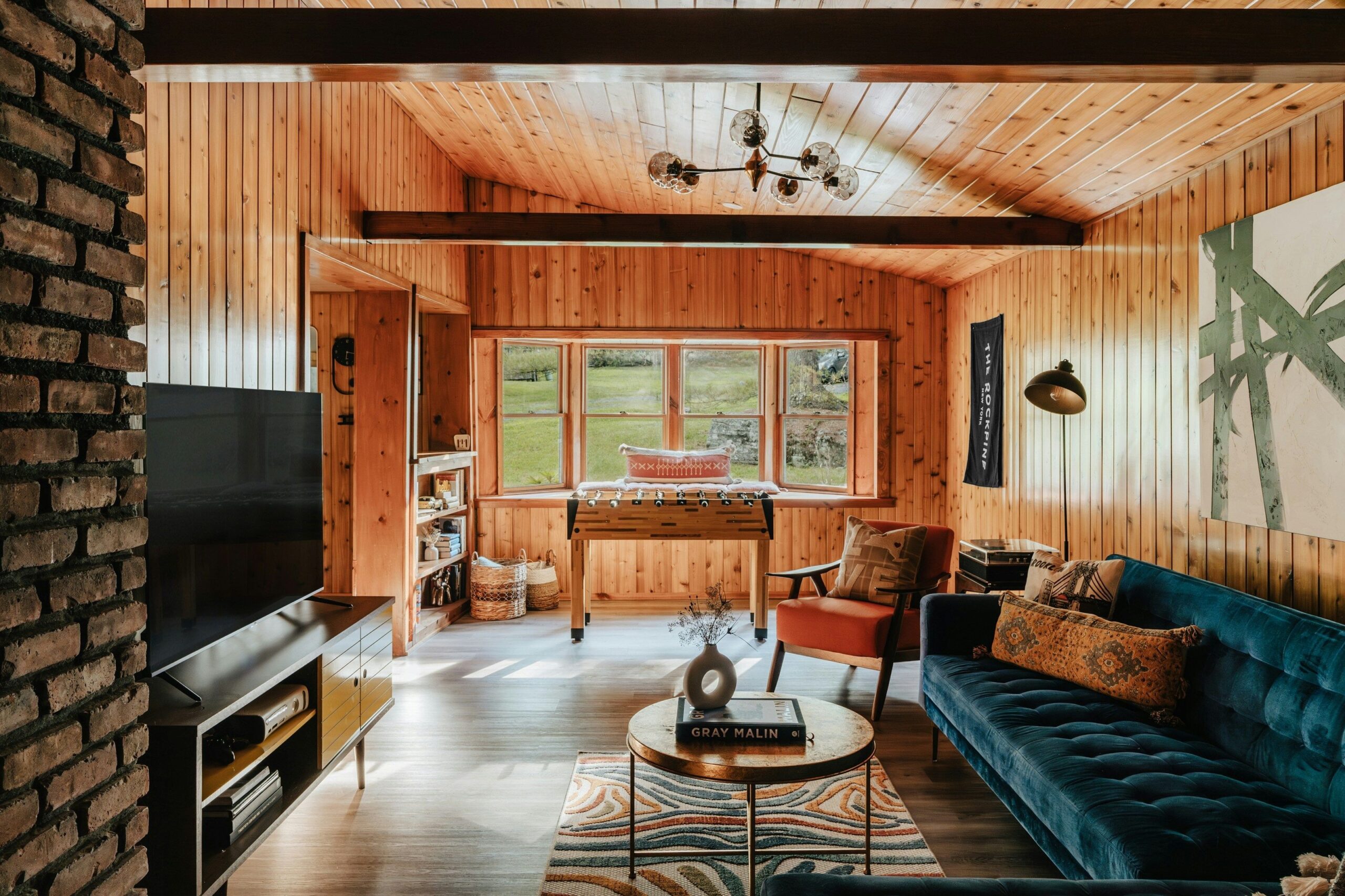Sustainable living has become more than just a trend, it’s a responsibility.
Interior design is evolving to meet the needs of conscious homeowners.
Choosing natural materials doesn’t just make a space look great, it supports health, reduces environmental harm, and promotes mindful living.
The intent here is clear: merge eco-conscious choices with aesthetics to create homes that nurture both people and the planet.
Let us talk about some tips you can actually implement.
Why Natural Materials Matter
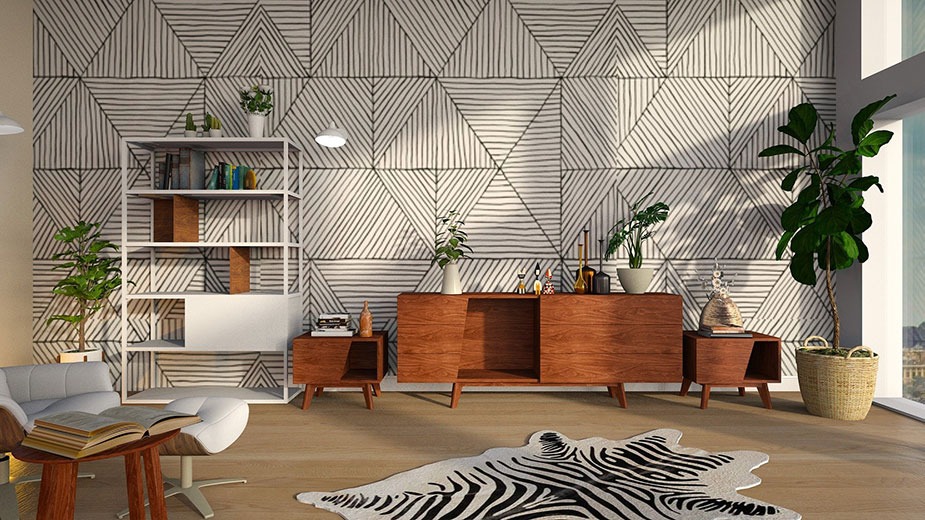
Sustainable design begins with the materials chosen. Synthetic options come with a long list of environmental consequences—chemical byproducts during production, high energy consumption, and materials that linger in landfills for generations.
Plastics and chemically treated composites may offer affordability, but they often pollute air and water long after installation.
Natural materials like wood, stone, wool, and cotton provide an alternative that is clean, biodegradable, and kinder to the planet.
One of the most important benefits involves indoor air quality. Synthetic finishes often release volatile organic compounds (VOCs), which can contribute to respiratory issues, allergies, and even long-term health risks.
In contrast, natural surfaces release fewer pollutants, helping create a healthier indoor environment.
Here are some of the key benefits of using natural materials:
- Lower carbon footprint: Materials such as bamboo and hemp grow quickly and absorb carbon during their growth cycles.
- Biodegradability: Many natural materials decompose safely at the end of their lifecycle, reducing long-term waste.
- Reduced microplastic pollution: Natural fibers like cotton and linen avoid the synthetic shedding common in polyester and acrylic.
- Healthier indoor spaces: Fewer toxins and allergens lead to cleaner air and improved well-being.
There’s also a cultural benefit. Choosing handcrafted decor items supports local artisans and keeps age-old craftsmanship alive.
When someone buys a handmade wool rug or a clay planter shaped by a skilled maker, they’re investing in more than a product—they’re helping preserve knowledge passed down through generations.
Wood Wonders: Reclaimed & FSC-Certified Wood
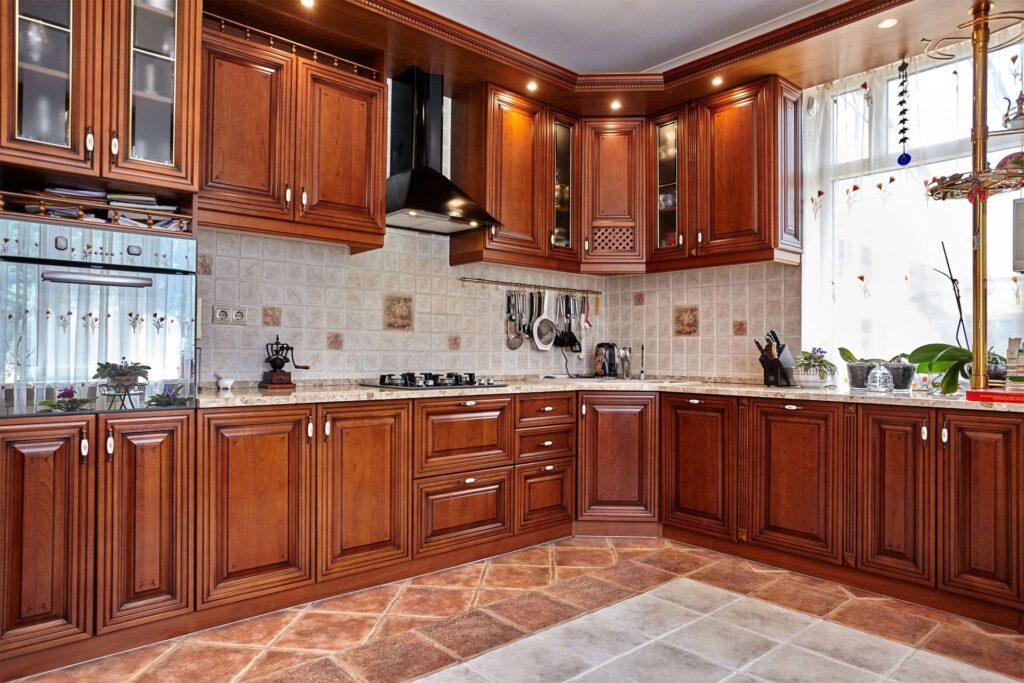
Reclaimed wood brings character and depth to a home that mass-produced materials can’t replicate.
Every nail hole, grain swirl, and color variation tells a story. Aside from its visual charm, it’s also tough and time-tested.
Reclaimed beams and floorboards often outlast newer materials due to the density and seasoning acquired over years.
Reclaimed wood can be featured in a variety of ways:
- Dining tables made with salvaged barn wood bring rustic elegance to modern interiors.
- Floating shelves carved from old construction timbers add warmth and structure to bare walls.
- Rustic flooring crafted with heritage planks makes every step feel grounded in history.
- For new purchases, look for certifications that prove ethical sourcing.
The Forest Stewardship Council (FSC) label indicates that wood comes from responsibly managed forests with replanting and fair labor practices.
Buying FSC-certified products also supports better land use and helps combat illegal logging.
Key labels to look for:
- FSC-certified
- PEFC-certified
- Rainforest Alliance verified
- Wood reclaimed from demolition sites or old structures
Every grain of wood carries intention.
Choosing ethically sourced timber helps maintain forests, reduce environmental degradation, and celebrate natural beauty.
Textiles That Breathe: Organic and Plant-Based Fabrics
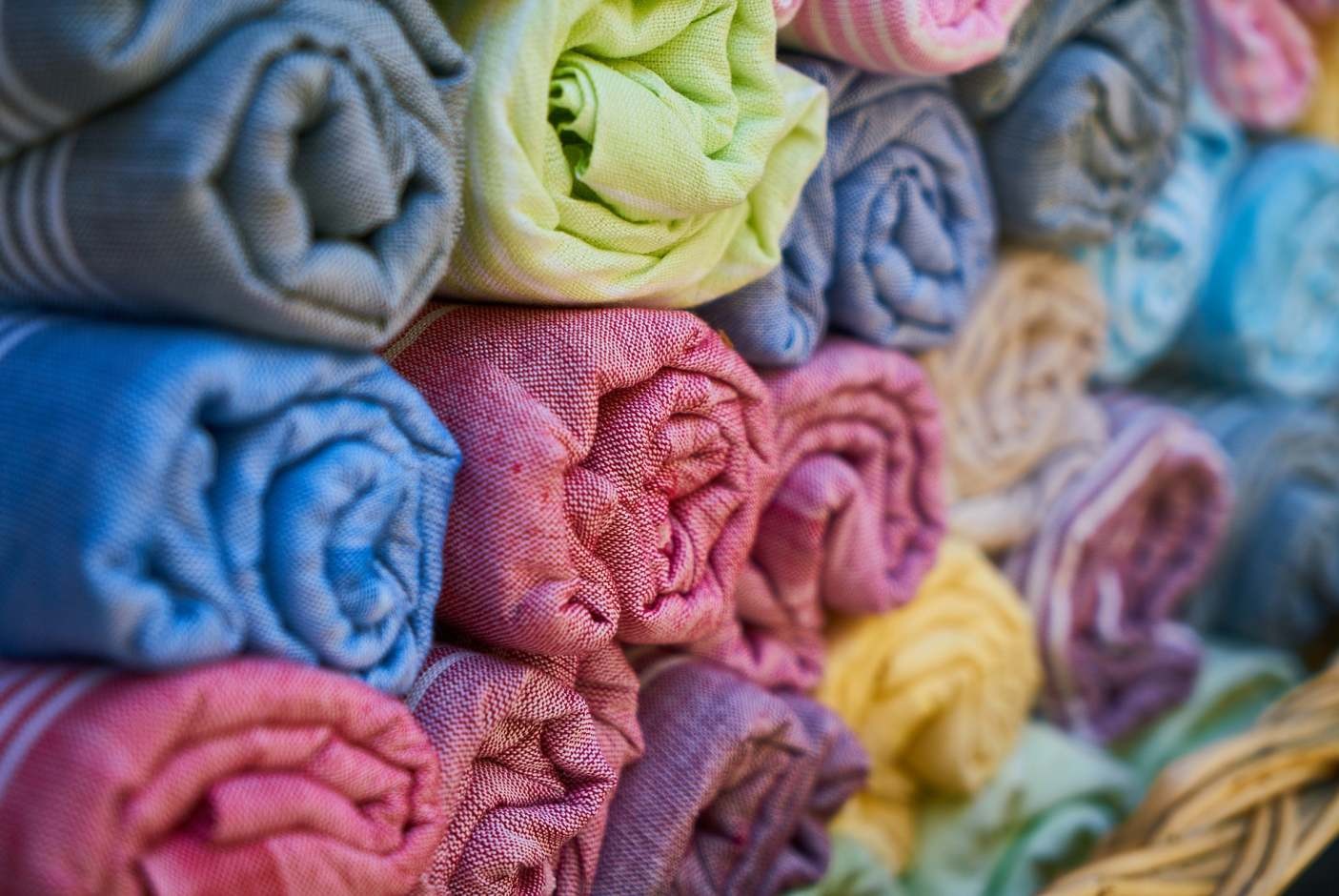
Textiles often go unnoticed in conversations about sustainability, but they play a critical role.
Sofas, drapes, cushions, rugs—each adds texture, color, and comfort to a space.
Selecting organic, plant-based fibers transforms these elements into tools for healthier, cleaner living.
Popular eco-friendly fabric choices include:
- Organic cotton: Grown without toxic pesticides or synthetic fertilizers.
- Hemp: Durable, mold-resistant, and highly renewable.
- Bamboo: Fast-growing and low-maintenance.
- Linen: Breathable and temperature-regulating.
- Jute: Perfect for rugs and baskets, with minimal environmental cost.
Synthetic textiles shed microplastics during laundry cycles. These tiny particles end up in oceans, harming marine life and entering the food chain. Switching to natural fibers significantly reduces that footprint.
There are many stylish ways to incorporate plant-based textiles:
- Cushions wrapped in linen offer breathable comfort on sofas and beds.
- Drapes sewn from organic cotton filter light without releasing toxins.
- Jute rugs deliver grounding texture beneath your feet.
- Hemp upholstery elevates furniture while resisting wear and tear.
Pairing different textures—soft cotton with coarse jute or smooth bamboo with raw linen—adds subtle contrast while keeping the look cohesive and environmentally conscious.
Green from the Ground Up: Eco-Friendly Flooring Options
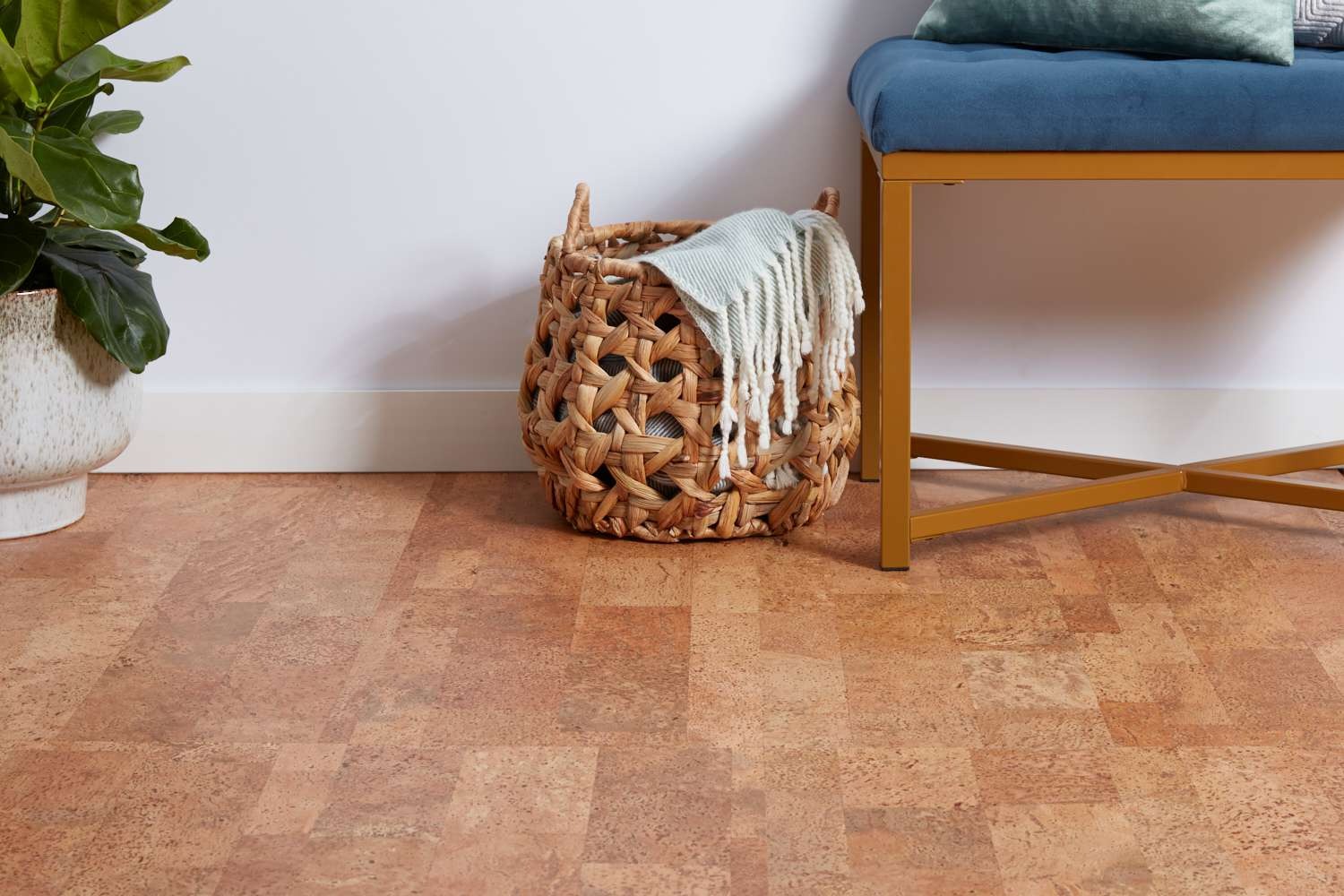
Floors are one of the largest surfaces in any home, which means every choice here carries weight.
Natural, renewable materials like bamboo and cork make a bold statement while supporting eco-conscious decisions.
Bamboo, technically a grass, matures in just a few years and requires no replanting after harvesting.
Cork, harvested from the bark of cork oak trees, regrows without damaging the tree—making it both sustainable and cruelty-free.
Here are some top choices for natural flooring:
- Bamboo planks: Sleek, durable, and ideal for modern interiors.
- Cork tiles: Soft underfoot and excellent for insulation.
- Wool rugs: Naturally fire-resistant and hypoallergenic.
- Jute and sisal mats: Perfect for entryways, kitchens, and layered looks.
Eco-friendly flooring also demands smart maintenance. Sealing bamboo and cork with non-toxic finishes helps preserve appearance and performance.
Cleaning with plant-based products avoids damaging the material or releasing unwanted fumes.
Installation methods matter, too. Floating floors or click-lock systems can minimize the use of adhesives, some of which release harmful fumes. Recycled underlayments made of felt or cork can further reduce environmental impact.
At your feet lies an opportunity—to make choices that feel good, last long, and align with responsible living.
Water & Tranquility: Backyard Ponds for Natural Harmony

Water has a soothing effect on outdoor environments, and a backyard pond does more than calm the senses—it supports the ecosystem.
Creating a natural pond brings visual serenity while inviting life in many forms.
Using native aquatic plants, gravel, and biological filtration techniques keeps the water balanced and clear.
No need for chlorine or mechanical filters when nature can do the work. The pond becomes a living, breathing habitat.
Key benefits of adding a backyard pond include:
- Attracting pollinators: Bees, butterflies, and birds are drawn to the water.
- Providing habitat: Frogs, dragonflies, and beneficial insects thrive in wet environments.
- Improving microclimate: Ponds help cool surrounding air and increase moisture.
- Reducing runoff: Water absorption limits erosion and supports plant growth.
Sustainable pond construction relies on natural materials:
- Stone for edging and shaping.
- Clay for waterproofing and soil support.
- Reclaimed wood for walkways, decks, or benches beside the water.
Having a pond in your backyard comes with a responsibility to keep it in the best possible condition. In case you need help with maintenance, be sure to visit this site.
With thoughtful placement, a pond becomes more than decoration—it acts as a small sanctuary where nature and design flow together seamlessly.
The Bottom Line
Sustainable decor is more than possible—it’s stylish, healthful, and rewarding.
A beautiful home doesn’t have to compromise values or the environment.
Starting with one eco-conscious choice leads to lasting habits. Every pillow, panel, or plank can contribute to a lifestyle that honors both design and the Earth.

